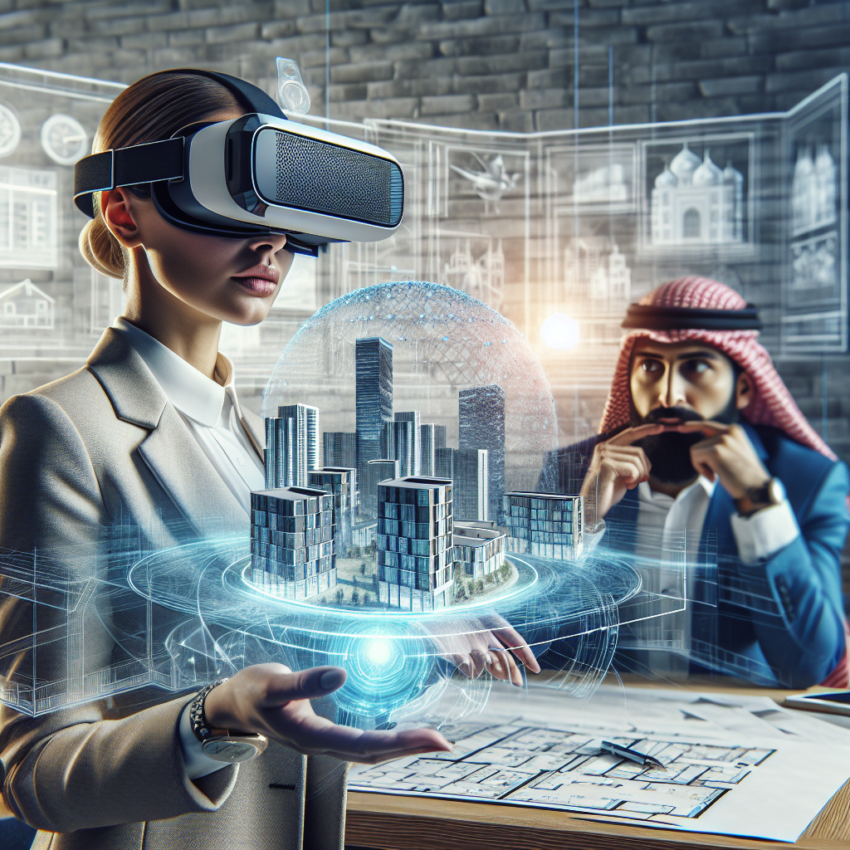Introduction
Virtual Reality (VR) technology is reshaping various industries, and real estate is no exception. As the demand for innovative property viewing options grows, real estate professionals are leveraging VR to enhance the buying and selling experience.
Benefits of Virtual Reality in Real Estate
- Enhanced Property Tours: Virtual reality allows potential buyers to take immersive tours of properties from the comfort of their homes, providing a realistic feel of the space.
- Increased Engagement: Interactive VR experiences keep clients engaged and provide them with a better understanding of the property’s layout and features.
- Time and Cost Efficiency: Virtual showings reduce the need for in-person visits, saving both time and travel costs for buyers and agents alike.
- Global Reach: VR enables real estate agents to reach international buyers who may be unable to visit properties physically.
How Virtual Reality Works in Real Estate
VR technology employs 3D modeling and advanced software to create detailed and interactive representations of properties. These virtual tours can be accessed through VR headsets or online platforms, giving users an immersive experience.
Types of Virtual Reality Experiences
- 360-Degree Tours: These tours provide panoramic views of properties, allowing users to navigate through spaces and explore every corner.
- Virtual Staging: This technique showcases a property with digitally added furniture and decor, helping buyers visualize how the space can look.
- Augmented Reality (AR): AR can overlay digital information onto a real environment, enhancing the property viewing experience even further.
Real-World Applications
Many real estate companies have already begun incorporating VR into their marketing strategies:
Case Studies
- Luxury Real Estate: High-end properties often showcase VR experiences to attract affluent buyers willing to invest significantly.
- New Developments: Builders use VR to present upcoming projects, allowing potential buyers to visualize properties that haven’t been constructed yet.
- Real Estate Agencies: Firms like Redfin and Zillow are using VR technology to enhance the listings and provide clients with virtual walkthroughs.
Challenges and Considerations
While the advantages of VR in real estate are impressive, there are also challenges to consider:
- Technology Accessibility: Not all clients have access to the necessary VR equipment, which can limit the technology’s reach.
- Initial Setup Cost: Developing high-quality VR content can require a significant investment upfront.
- User Experience: Agents must ensure that the virtual tours are user-friendly and provide a seamless experience for clients.
The Future of Virtual Reality in Real Estate
As technology continues to evolve, the implementation of VR in real estate is likely to grow. Innovations such as AI integration and enhanced visualization tools will further improve the effectiveness of virtual property tours.
Conclusion
Virtual reality is indeed revolutionizing the real estate industry. By offering immersive experiences, improving marketing strategies, and reaching a broader audience, VR is setting a new standard in property transactions. As the technology matures, it will undoubtedly open new avenues for buyers, sellers, and real estate professionals alike.

